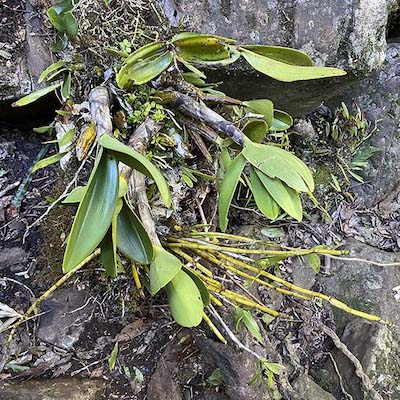Vandiae
The Vanda Alliance is made up mostly of warm and full-sun growing orchids with colourful flowers. Originating in tropical Asia, they are easily grown in warm climates, where plants are cultivated outside in light shade, such as in a greenhouse. In climates where winters are cold, they are often summered outside, and grown with heat […]








